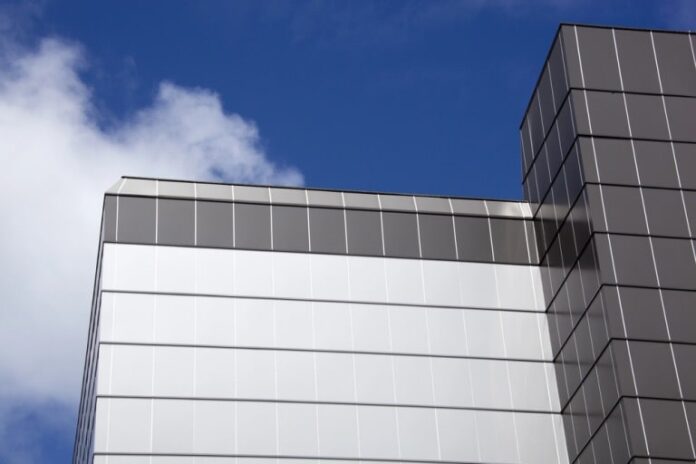When people think of energy-efficient homes, their minds often jump to solar panels or double glazing. But there’s a quieter hero behind many sustainable new builds: the materials chosen during construction.
One such material that’s gaining recognition for its contribution to energy efficiency is the sheet of stainless steel. This isn’t just about aesthetics or durability—though those are definite bonuses. Stainless steel offers several performance advantages that align closely with the goals of modern sustainable architecture.
By helping regulate internal temperatures, improving insulation systems, and reducing long-term maintenance needs, stainless steel can be a smart ally in any energy-conscious building project.
Thermal Regulation Through Reflectivity
One of the standout properties of stainless steel is its reflectivity. In hot climates or buildings with high solar exposure, this reflective quality helps manage heat gain. Exterior applications of stainless steel—such as cladding, roofing, or shading structures—can significantly reduce the amount of heat absorbed into the building envelope.
By deflecting rather than absorbing solar radiation, a sheet of stainless steel contributes to maintaining a cooler internal environment. This reduces the demand on air conditioning systems and leads to lower energy consumption over time. In passive solar design, where orientation and material choice work together to reduce reliance on artificial heating or cooling, this feature is particularly valuable.
Pairing with Insulation Systems
Stainless steel works effectively in conjunction with high-performance insulation materials. In building façades or roofing systems, it often forms part of a multi-layer assembly that traps air and blocks heat flow. Stainless steel’s structural strength allows it to protect softer, more thermally focused materials, preventing damage while ensuring overall thermal performance is maintained.
It also performs reliably in environments where temperature fluctuation or moisture could degrade other materials. Unlike some metals or composites, stainless steel doesn’t warp, crack, or delaminate when exposed to repeated heating and cooling cycles, which makes it ideal for maintaining envelope integrity across the lifespan of a building.
Air-tightness and Thermal Bridging
Energy-efficient construction places a premium on air-tightness. Minimising gaps in the building envelope reduces energy loss and improves temperature stability inside. Stainless steel is frequently used in flashing, joint sealing, and detailing work, where precision matters.
Its ability to be fabricated into exact shapes and maintain tight seals helps reduce uncontrolled airflow—one of the biggest contributors to energy inefficiency. It also plays a role in limiting thermal bridging.
In construction, a thermal bridge occurs when a conductive material allows heat to bypass insulation. Using stainless steel strategically—for example, in brackets or ties with thermal breaks—can help reduce this heat transfer and maintain the performance of insulated areas.
Durability Equals Sustainability
One of the key metrics in assessing the sustainability of any building material is its lifespan. Stainless steel stands out here for its resistance to corrosion, wear, and impact. A component made from stainless steel is unlikely to need frequent replacement, meaning fewer resources are consumed over the lifetime of the building.
This longevity contributes indirectly to energy efficiency, too. Every repair or replacement involves energy—whether it’s the energy used to manufacture a new part, transport it, or install it. Reducing the frequency of these interventions adds up to meaningful long-term energy savings, especially in large or complex structures.
Low Maintenance, High Performance
New builds designed for energy efficiency are often conceived as low-intervention homes, with reduced maintenance needs. Stainless steel aligns well with this philosophy. Whether used in cladding, roofing, window trims, or ducting, it continues to perform well with minimal upkeep.
Its clean finish resists staining and bacterial growth, which also makes it ideal for interior applications where hygiene is essential. This consistency reduces the need for chemical cleaners or harsh maintenance routines—another energy-saving aspect that supports sustainable living.
Conclusion
Building smarter isn’t always about high-tech solutions. Sometimes, it’s about choosing the right materials from the start—materials that do more than just sit in place. A well-placed sheet of stainless steel can support thermal regulation, enhance insulation, and extend the life of key components, all while contributing to a sleek, modern aesthetic.
As sustainable design becomes less of a niche and more of a norm, materials like stainless steel are proving they belong not just in commercial projects, but in everyday homes looking to balance comfort, style, and energy performance.




